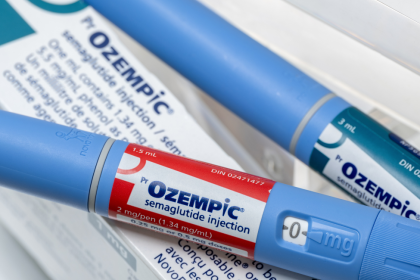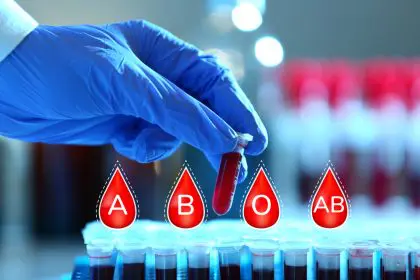
Most people don’t think of a beautiful Black woman when they hear the word “physicist,” but changing that could be a matter of life and death. Hadiyah-Nicole Green’s journey to being a Morehouse School of Medicine assistant professor and one of the country’s top scientists started shortly after she graduated from Alabama A&M University. It was a trying time.
“My aunt who raised me since age 4 told me right after I graduated from college that she had women’s cancer. She never specified what type of cancer, so probably cervical or ovarian, but she did [refuse] to go through treatment. I was her caregiver and I got to see firsthand how cancer destroys your body,” Green told Madame Noire in June. “Then three months later, my uncle got diagnosed with cancer but he went through treatment and I saw all the effects. It was awful and I saw why my aunt opted out of it. My uncle did go on to live for 10 years more, but both of those experiences made me think there had to be a better way to deal with cancer. Thinking about how a satellite from space can look down to the Earth and see if a dime is faced up or face down, I thought, why can’t we use that specific location technique to narrow in on cancer tumors? And that was my motivation to go to grad school; I went on a mission.”
Green is now among fewer than 100 Black woman physicists in the United States. Her innovative approach hacks modern nanotechnology to directly attack cancer cells without affecting the rest of the body. She was recently awarded a $1.1 million grant through the Veterans Affairs Historically Black Colleges and Universities Research Scientist Training Program to continue her groundbreaking work fighting cancer. The physicist has successfully developed a way to target cancer cells involving lasers and nanoparticles in lab mice, but she needs more research funding to make the treatment available to everyone.

“I documented exactly what happened, the tumor regression that I induced after a single 10-minute treatment with these laser activated nanoparticles, and the results were remarkable,” Green said in a recent TV One interview. “And then my advisor told me, ‘Nobody wants a cancer treatment that doesn’t incorporate a drug. It’ll never see the light of day…,’ so I went back to the drawing board and incorporated what people are calling immunotherapy.”
In order for her medical advancement to see the light of day, Green will need a massive influx of financial support to get the treatment through the clinical trial process. Her goal is to raise $30M over three years.
“I have actually developed two treatments–one focusing on tumor shrinkage/tumor regression; the second is monotherapy, an enhancement of immunotherapy, and an interface with personalized medicine, which is the subject of the grant I received,” Green said. “But I still need more money to move ahead. We’re talking upwards of $20M. I still need to gather support by a fundraising effort. If people want to make a donation, they can visit my website: www.physics2cancer.org.”
Supporters can also donate through the Morehouse School of Medicine website and designate it for Dr. Green’s research. The Ora Lee Smith Cancer Research Foundation has also been established in memory of Green’s aunt.
















